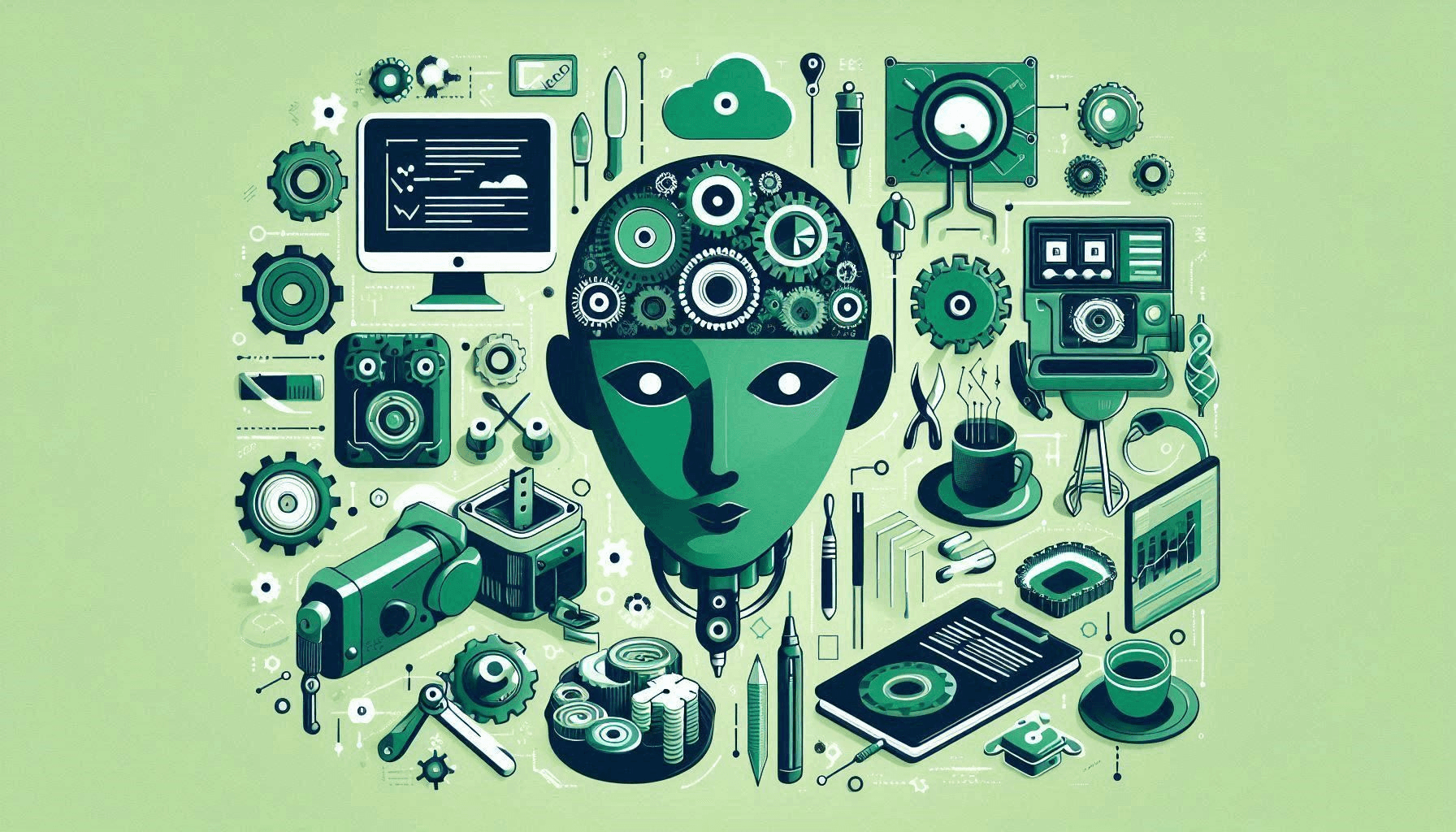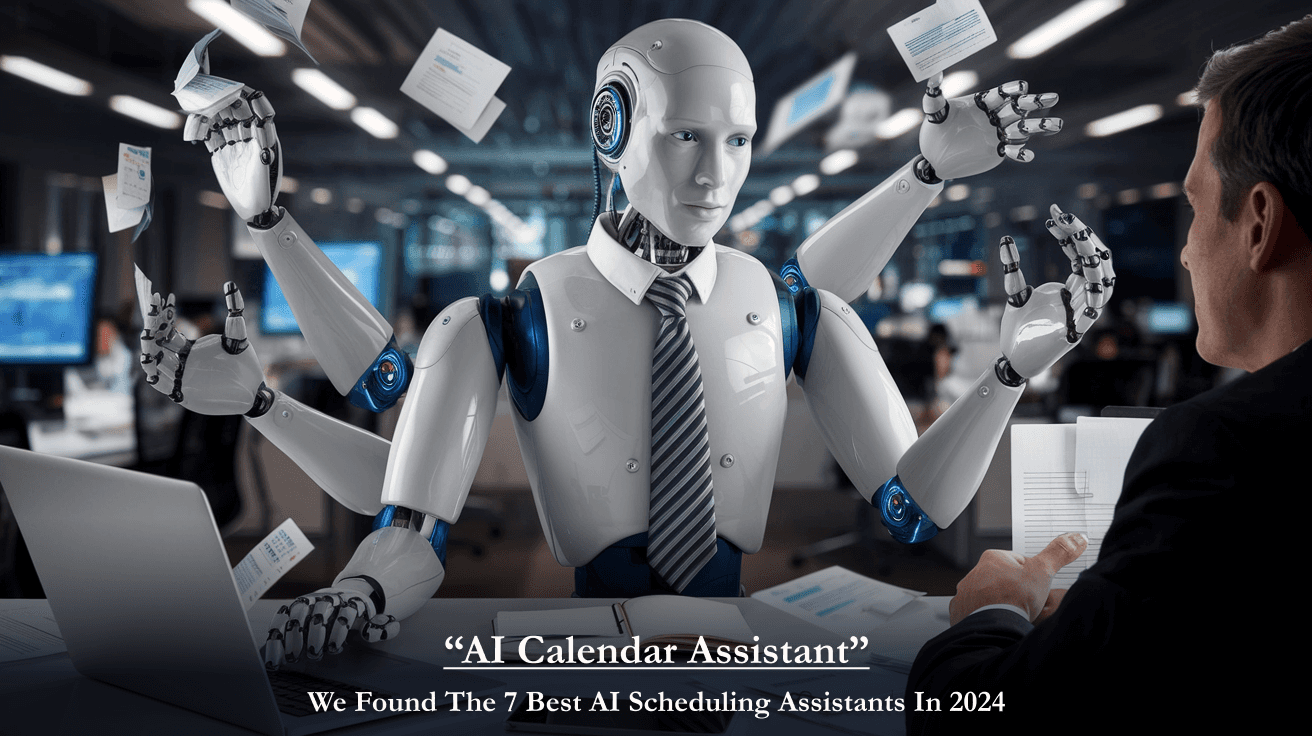12-Sept-2024
Prosumer 2.0 - AI-Native Workflows and the Democratization of Expertise

Generative AI is now giving us the chance to rethink workflows in a completely different way and will birth a new class of companies that are not only AI-augmented but actually AI-native. This class of companies will start from scratch with the technology we have today and build new products around the generation, editing, and composition capabilities that are uniquely possible due to AI.
The most immediate consequence, we believe, is that AI will enable users to do better work in less time. Native AI platforms will "up level" user interactions with software - allowing users to offload lower-order tasks to an AI assistant and free up time for higher-order work. This applies not just to traditional office workers but also to small business owners, freelancers, creators, and artists - who arguably have even more manifold demands on their time.
The Emergence of AI-Native Products
Where generative AI is concerned, the technology is beyond simply automating routine tasks; the technology fundamentally redefines workflows. AI-native products start from scratch, taking our current technology into a whole new dimension by building new tools that push the full potential of AI. Be it as a freelancer, owning a small business, or working in a traditional office - the kind of AI tools in use will allow you to forward all lower-order tasks to an AI assistant, like Email AI or AI Calendar Management, and free up your time for High-Order Strategy.
However, AI's impact goes way beyond efficiency: it is an empowering technology because it allows users to acquire new skills in programming and design to music production, an industry-wide democratization of creativity. Thanks to access to workflows powered by AI, everyone becomes a prosumer - a little professional and at the same time a consumer.
Key Features of AI-Native Tools
What sets these AI-native tools apart is the way they take bleeding-edge models and make them accessible through effective user interfaces. Among others, the following are some key features defining the future of AI-native workflows:
1. Killing the "Blank Page" Problem
AI creation tools are great at taking a blank canvas and building out a complete and comprehensive product. For instance, Durable's website builder has auto-generated millions of sites by pulling real information about businesses from across the web, and its creations are sophisticated outputs created from simple prompts. Similarly, AI agents like FastTrackr can auto-create emails or manage calendars, allowing users to get started without having to think about all the details.
2. Multimodal Content Creation
Most creative projects these days need more than one type of content. And so, in this next wave of AI tools, most of them would become really multimodal, combining their functionality that offer different types of content in one place. For instance, when HeyGen's avatar tool brings text-to-speech technology together with visual avatars to let users create in one go videos, slides, and many more in one place.
3. Iteration with Intelligent Editors
Most AI-generated content needs refinement, and intelligent editors allow this without toggling between tools. Midjourney's variation and zoom tools enable the iterative refinement of images; Pika allows refinements such as editing a video so that a character of another gender or color of hair is displayed in a particular part of a video.
4. In-Platform Refinement and Automation
Features are also being developed in AI-native platforms that can point out to users where improvement is needed and make the improvements on their own. Krea's upscaling tool is just one such example, enabling users to create, iterate, and refine their images in one interface for quality and speed.
5. Remixable and Transposable Outputs
AI-creation tools unlock unparalleled plasticity of content-theoretically, anything can be remade into endless variations. Gamma's publishing platform lets users create a document, deck, or webpage from a prompt or file and then fluidly toggle between formats. Imagen AI pushes the ball further down the field, allowing photographers to edit their work in the style of industry leaders and, in the process, create a more collaborative and agile editing environment.
How Will Prosumer Products Evolve?
And, looking ahead, the next generation of prosumer tools promises even more flexibility and sophistication. Here are a few of the trends we see coming:
1. Combining Content Modalities
Most of the creation in multimedia today involves using several tools and platforms. Future AI-native products promise one-stop processing for an entire creation process - from text to voice and visual input. Visualize a single platform where you are supposed to generate a video, edit it, add voice, and mix sound without ever leaving the tool.
2. New Modes of Interaction
Text prompts are powerful, but they're always not the most intuitive way for users to instruct AI tools. With products such as voice, images, and sketches that act as input to be converted into content, we start to see applications pioneering this approach. These have been converting voice notes to blog posts by tools such as Oasis and to emails by TalkNotes, respectively, as ways of having a more intuitive way of communicating with the AI.
3. Blending Human and AI-Generated Content
Someday soon, we will have tools that can treat AI-generated and human-created content as equal partners in the process. Runway's editing suite currently supports seamless integrations between real and AI-created assets through advanced inpainting and green screening capabilities. As these capabilities grow, more and more platforms will natively support such dualities, aiming to augment creativity and collaboration.
Supercharging Productivity
The AI assistant will help us to be much more productive in our daily routines. How? Let me explain:
1. Time Saved: Generally speaking, in most avenues, AI assistants save time by automating those tasks that otherwise would eat up much of your time.
2. Reduced Cognitive Load: Because AI handles the minutiae associated with scheduling and e-mail management, users can save their mental resources for high-value activities.
3. Always On: Unlike human assistants, AI tools operate 24/7 with no down time.
4. Personalization: As these tools learn your habits, they keep getting tailored more and more to your needs and preferences.
At the frontline of AI personal assistants stands FastTrackr, a place where a wide gamut of productivity features comes into one intuitive app.
Be it automating your e-mail handling, proposing dates for meetings, or even working as a digital assistant, FastTrack gives them a tantalizing sneak peek at what will be possible with AI-powered productivity tools in the years to come.
The Road Ahead
That is to say, AI is going to continue to evolve and will fundamentally change not only how we work but even how we think about productivity. This new generation of prosumer tools will likely make AI more accessible, more intuitive, and further integrated into the different ways we work on a day-to-day basis. In fact, the question really isn't whether AI is going to change how we work, but how fast and to what degree.
We are likely to witness more sophisticated natural language processing for even more natural interactions. Stronger predictive capabilities where the assistant would tend to anticipate what you need, even before asking. Better integrations across platforms and devices for seamless productivity.
We are, therefore, standing at the threshold of a new frontier where AI-native tools will not only extend human capabilities but actually redefine them. Companies and professionals who learn to move with such changes will surely thrive in this new digital landscape.



